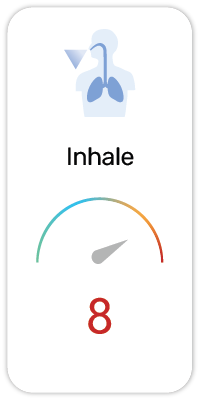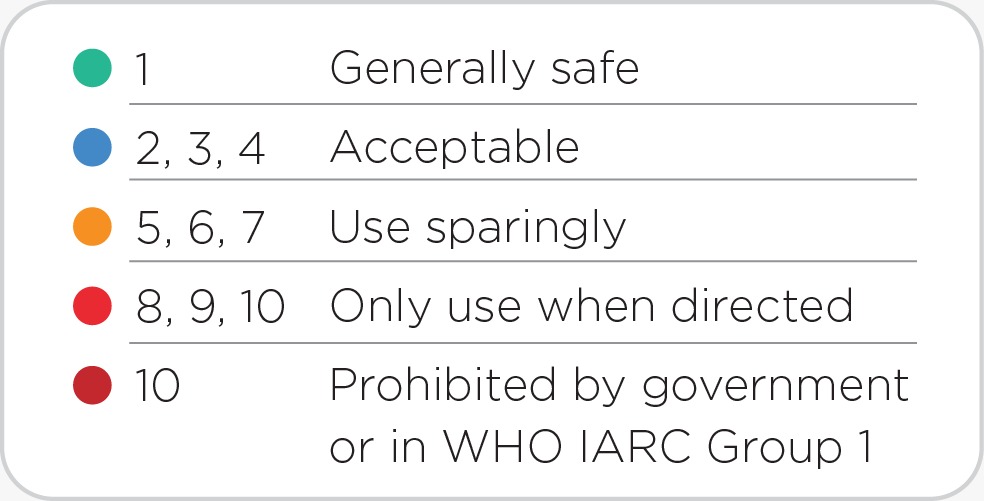Ammonium Hydroxide(in 1,454 products)
Potential Risk Index®:
About:
Functions:
1. Acidity Regulator / Buffering Agent - Changes or maintains the acidity or basicity of food/cosmetics.
2. Insecticide / Pesticide - Kills or inhibits unwanted organisms
Ammonia Hydroxide is a base that can be used as an acidity regulator to bring down the acid levels in food, including baked goods, cheeses, chocolates, other confectionery (e.g., caramel), and puddings. It is also used as an antimicrobial agent in meat products. It has E number 527.
As a cleaning agent, ammonium hydroxide can be found in bathroom, floor, glass, carpet, metal, upholstery, and all-purpose cleaners as well as starches, disinfectants, and stain treaters. Most household ammonia contains 5-10% ammonium hydroxide.
It is approved to use as food additive in EU and generally recognized as safe food substance in US.
EU CosIng Annex III Restriction Information:
Regulation:
(EC) No 1223/2009
Regulated By:
82/368/EEC
Annex/Ref#:
III/4
Maximum concentration in ready for use preparation:
6% (as NH3)
Wording of conditions of use and warnings:
Above 2%: Contains ammonia
Scientific References:
1. PubChem: https://pubchem.ncbi.nlm.nih.gov/compound/14923
Regulatory References:
1. EU CosIng Annex III, SUBSTANCES WITH RESTRICTIONS IN COSMETIC PRODUCTS [2018]
- Ref: III/4
2. EU Approved Food Additive [2018]
- E527
3. Cosmetic Ingredient Review
4. US FDA Generally Recognized As Safe (GRAS) Food Substances (21 CFR 184) [2017]
- § 184.1139 - Ammonium hydroxide
Safety and Hazards (UN GHS):
1. Harmful if swallowed (H302)
2. Causes severe skin burns and eye damage (H314)
3. Causes serious eye damage (H318)
4. May cause respiratory irritation (H335)
5. Causes damage to organs (H370)
6. Very toxic to aquatic life (H400)
7. Toxic to aquatic life (H401)
Potential Health Benefits For:
1. Tachycardia, Ventricular (PubMed ID:1581859)
User Comments:
Submit








